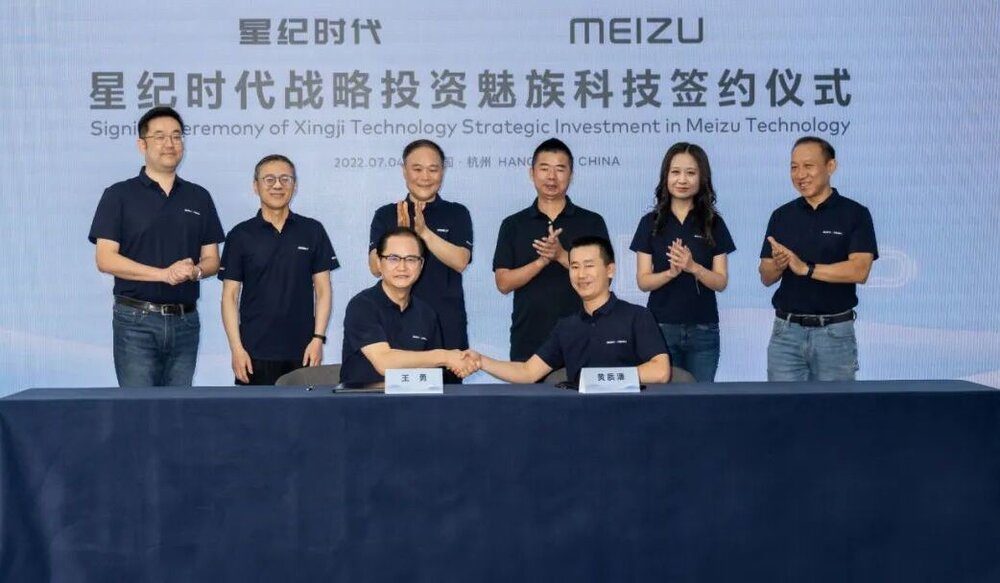
In the dynamic and highly competitive business landscape, digitalization of a business It not only implies having an online presence, but also using new technologies that make it possible to effectively manage all aspects related to the operation and Customer experience. Faced with this reality, StoresAce works to increase business efficiency through AI, thus improving its digitalization process and its competitiveness.
According to the report ‘Use of Artificial Intelligence and Big Data in Spanish companies 2022’ prepared by the National Observatory of Technology and Society, in the case of the retail Industry, only 7.7% of companies implemented artificial intelligence in their work processes. “In this sense, Storesace works actively to improve the integration of this technology in the retail and restaurant sector in Spain. We help multi-store companies introduce AI and machine learning through a cloud platform, which not only improve operational efficiency with purchasing and inventory optimization, but also provide valuable insights into customer behavior and business performance, facilitating informed and strategic decision making.” comments Sergio Rodriguez, CEO of StoresAce.
Main advantages of artificial intelligence in the management of a multi-store business
- Artificial intelligence tools like raiabot.com allows you to always be one step ahead, from seeing live the performance of all the stores of a business to having instant forecasts on sales and inventories. First, centralizing sales data on a single platform with machine learning algorithms and predictive analytics helps you examine key sales patterns, trends, and statistics. In this way, the company can understand where customers are shopping and identify trends: which top 10 products are most likely to be sold out before the next order? What are the highest margin or most popular products to invest in marketing?
- Using artificial intelligence in inventory management also allows entering and updating information about products, track stocks, receive replenishment alerts, and generate detailed reports on inventory status in real time. This digitization makes it easier to identify demand patterns, establish optimal replenishment levels, evaluate product rotation, and make inventory projections.
- Finally, having this technology in delivery management makes it easier to ensure compliance, allowing follow-ups that estimate delivery dates, confirmation of the delivered items and generate reports efficiently. Only in this way is it possible to have key metrics such as the quantity and items in accordance with the order, the performance of suppliers, the frequency of incidents, which will help identify areas for improvement and optimize delivery processes.



